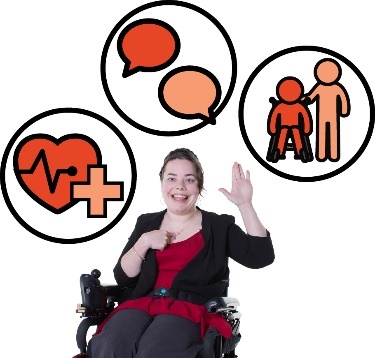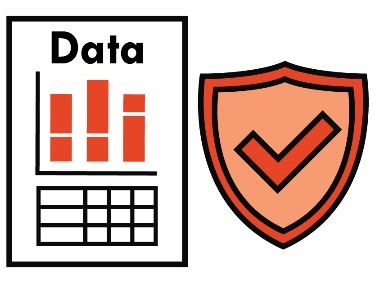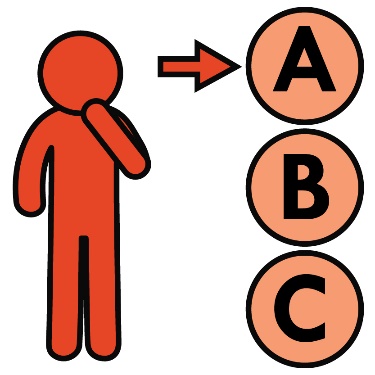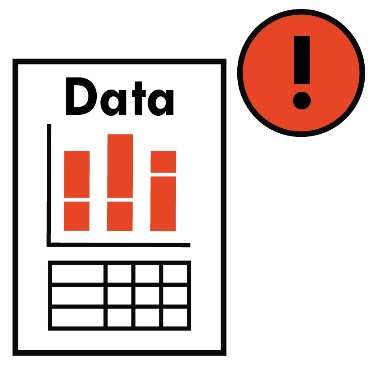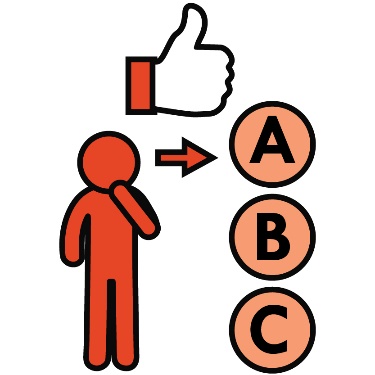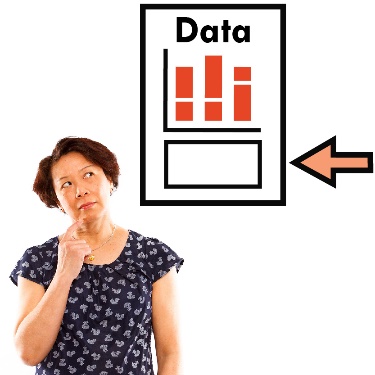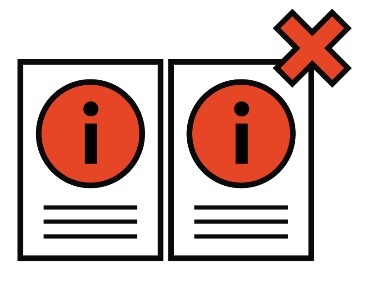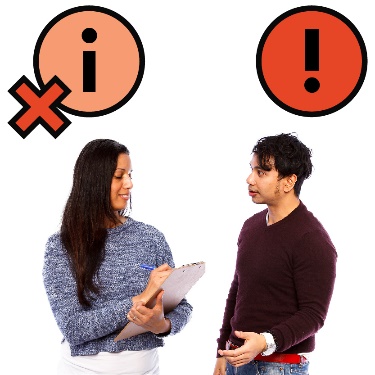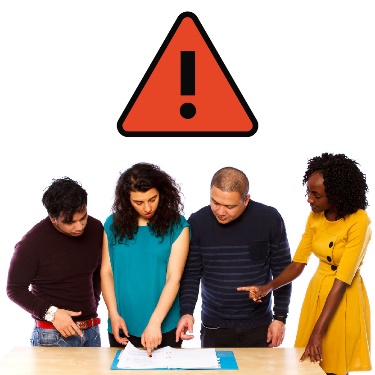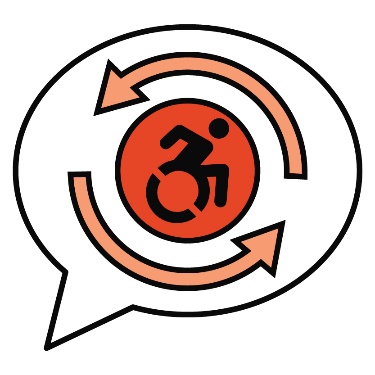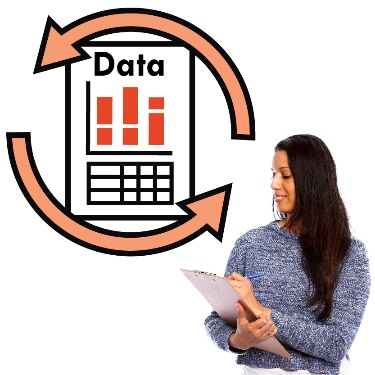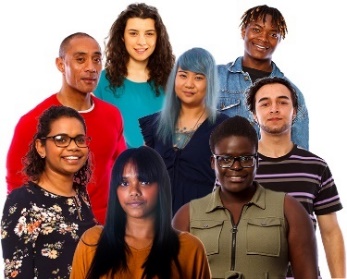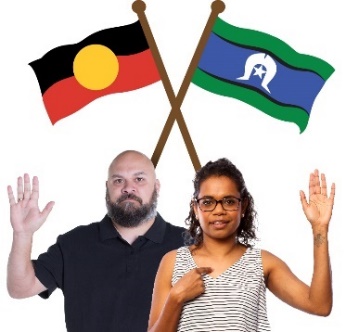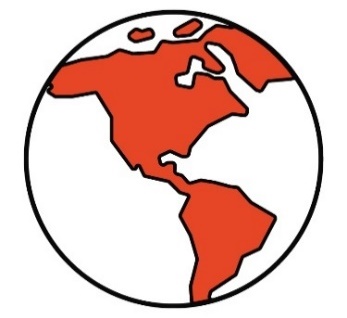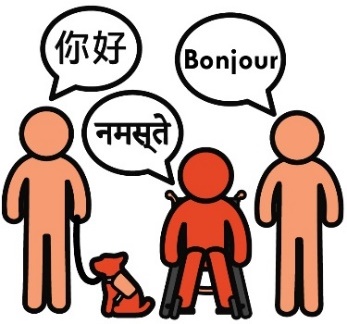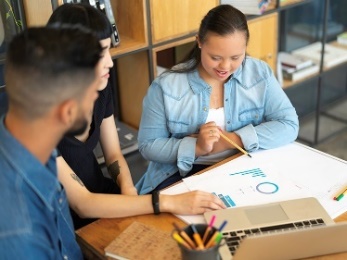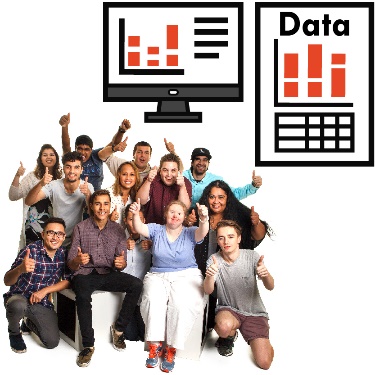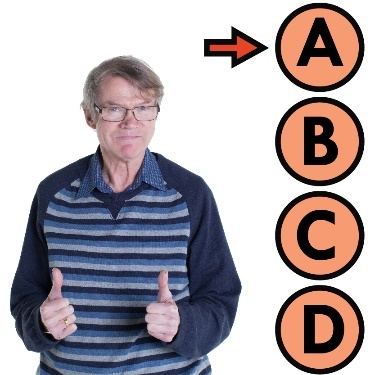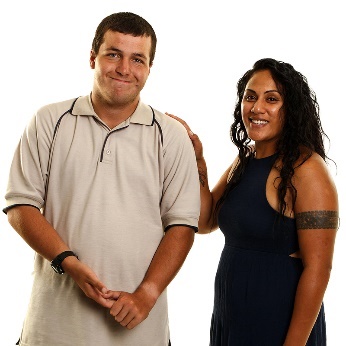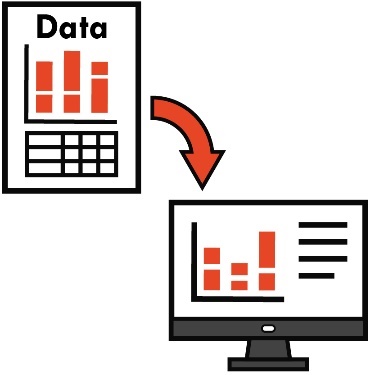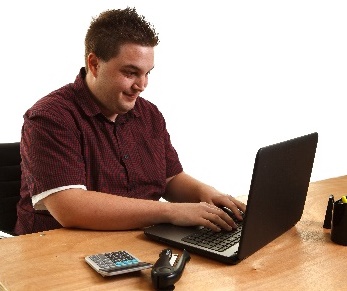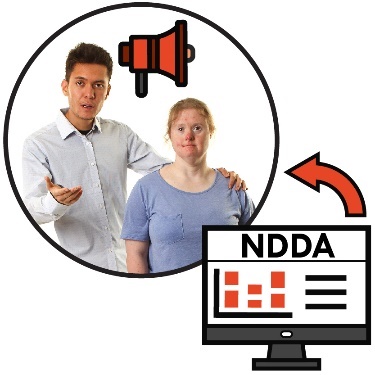1. Better data for good decision-making
People told us the community needs data that: | ||
|
| |
|
| |
| They shared that a lot of people make decisions with data they have now. This includes decisions about services and supports. | |
| Data is important. | |
| We need good data to make sure people make good decisions. | |
| But people shared that there are some gaps in data about people with disability. | |
Organisations don’t always collect: | ||
|
| |
|
| |
| People hoped that the NDDA could help fix this problem. | |
| The NDDA could change the way people talk about disability. | |
| And it could change the way people collect data about people with different experiences. | |
This includes: | ||
|
| |
|
| |
CaLD people: | ||
|
| |
|
| |
| People told us that good data is guided by people who understand the data. These are people who have experiences with what the data is about. | |
Finding and using the data
| People told us the community must be able to find and use the data so they can: |
|
|
|
|
| They told us data should be online. |
| And the online data should:
|
| People said advocacy groups could use the NDDA to support their work. |
| They also said the government can use the data to make decisions about policies. |
| A policy is a plan for how we should do things. |
| Some people said providers could use the data to come up with new ways to support people with disability. For example, new ideas and services. |
| But people also told us it’s very important to protect people with disability and the data about them. |
| They want people with disability to be part of deciding who can use the NDDA. |
What data should the NDDA collect?
| People told us that the data should focus on all types of experiences that people with disability have. |
This can include: | |
|
|
|
|
|
|
| For example, people shared that the Australian Government didn’t have enough questions about disability in the Census. So they didn’t collect enough of the right information in the Census. The Census is a big survey that collects information about everyone across Australia. |
1. Better data for good decision-making
People told us the community needs data that: | ||
|
| |
|
| |
| They shared that a lot of people make decisions with data they have now. This includes decisions about services and supports. | |
| Data is important. | |
| We need good data to make sure people make good decisions. | |
| But people shared that there are some gaps in data about people with disability. | |
Organisations don’t always collect: | ||
|
| |
|
| |
| People hoped that the NDDA could help fix this problem. | |
| The NDDA could change the way people talk about disability. | |
| And it could change the way people collect data about people with different experiences. | |
This includes: | ||
|
| |
|
| |
CaLD people: | ||
|
| |
|
| |
| People told us that good data is guided by people who understand the data. These are people who have experiences with what the data is about. | |
Finding and using the data
| People told us the community must be able to find and use the data so they can: |
|
|
|
|
| They told us data should be online. |
| And the online data should:
|
| People said advocacy groups could use the NDDA to support their work. |
| They also said the government can use the data to make decisions about policies. |
| A policy is a plan for how we should do things. |
| Some people said providers could use the data to come up with new ways to support people with disability. For example, new ideas and services. |
| But people also told us it’s very important to protect people with disability and the data about them. |
| They want people with disability to be part of deciding who can use the NDDA. |
What data should the NDDA collect?
| People told us that the data should focus on all types of experiences that people with disability have. |
This can include: | |
|
|
|
|
|
|
| For example, people shared that the Australian Government didn’t have enough questions about disability in the Census. So they didn’t collect enough of the right information in the Census. The Census is a big survey that collects information about everyone across Australia. |
